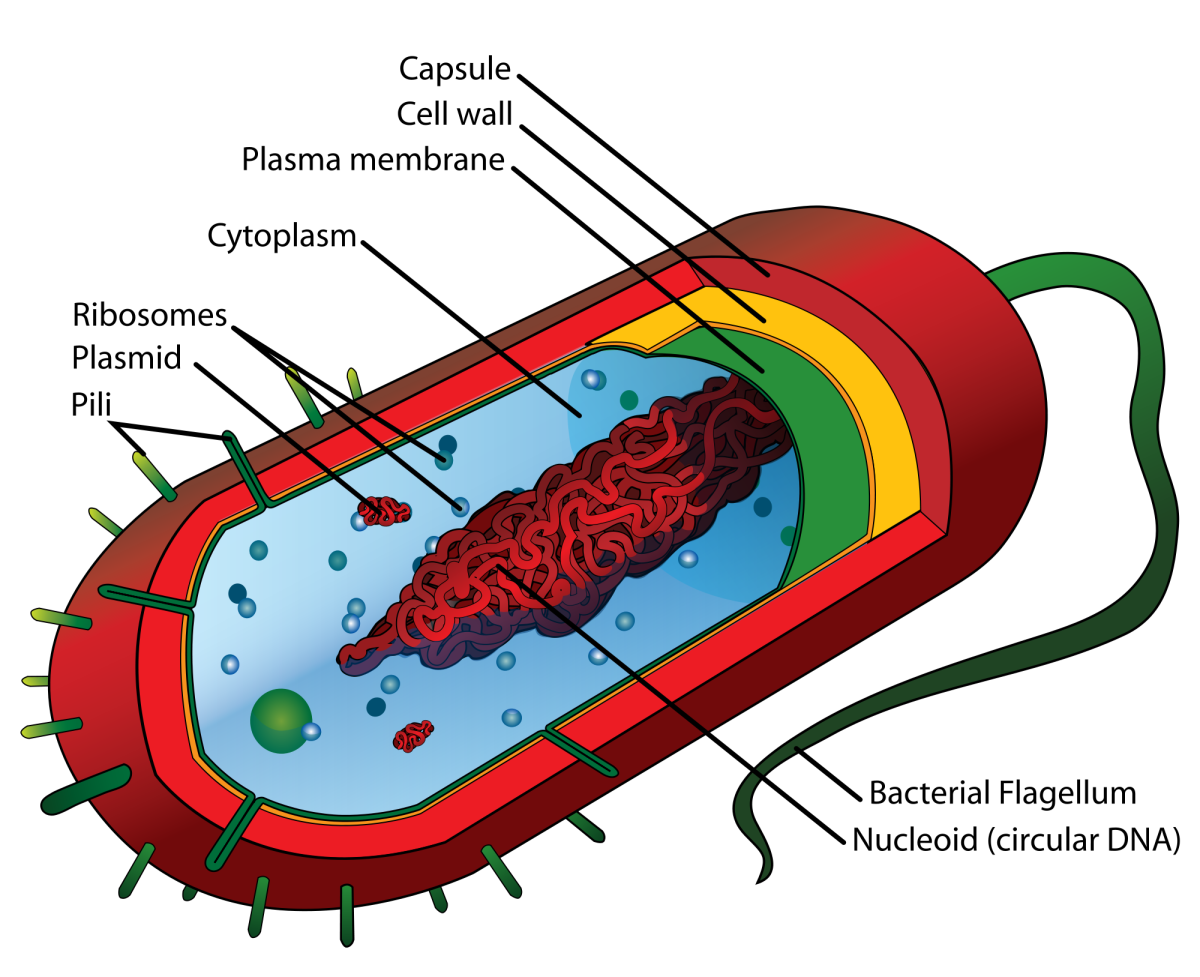Cell
All living bodies on earth are composed of a complex living substance, called protoplasm, which is the physical basis of life.It is found in all living bodies in a small organised morphological form rather than in large mass.These minute organised morphological forms are termed as cells.A living organism under the microscope shows to be composed of either a single cell or numerous cells. Therefore the cells are the structural unit of living body.
Definition of a cell:
A cell may be defined as a piece of nucleated cytoplasm surrounded by a cell wall or a membrane existing singly or in group and containing structures of various kinds.
OR
Cell consist of cytoplasm enclosed within a membrane which contain many biomolecules such as proteins and nucleic acids.
Discovery of the cell
The speculations about the existence of cell in living bodies can be traced back to the time of ancient Greek philosophers. The possibility for a scientific approach on cell arose in the 16th century, after the discovery of microscope by Janssen and Janssen in 1590.
In the year 1665, Robert Hooke, an Englishman, was able to visualise the cells under microscope for the first time. He designed and built an improvised compound microscope and examined the section of a bottle cork under it. He found that the cork is not a compact mass. It consisted of a number of empty vassels or cavities bounded by definite walls, and thus giving an appearance of a honey-comb.Hooke named each of these cavities as cell, the term derived from a latin word cellula, means a little room.
Robert Hooke |
Types of cell
On the basis of presence and absence of organised nucleus ,two types of cells have been recognized.These are prokaryotic cells and eukaryotic cells.
Prokaryotic cell
(Gr. pro=primitive, karyon=nucleus)
This cell have a well organised nucleus. Organism composed of prokaryotic cells are commonly referred to as prokaryotes. Prokaryotes are considered to be primitive.In prokaryotes the protoplasm is relatively rigid,usually non-vacuolate gel; relatively resistant to desiccation, osmotic shock and thermal denaturation.True nucleus is absent in prokaryotic cell. The membrane bound organelles like Golgi bodies, plastids, mitochondria ,Endoplasmic Reticulum, etc are absent in these cells. In prokaryotes 70S type of ribosomes is present.Mostly amitotic cell division is occur in prokaryotic cell.Mitotic apparatus is absent.
Examples:Cells of mycoplasma, bacteria, blue -green algae.

Eukaryotic cell
(Gr. Eu=good, karyon=nucleus)
The cell has a well organised nucleus. Organisms made of eukaryotic cell are known as eukaryotes. Eukaryotes are phylogenetically advanced.In eukaryotes the protoplasm is tipically more fluid, generally vacuolate, more sensitive to desiccation, osmotic shock and thermal denaturation. True nucleus is present in eukaryotic cell.Organelles like Golgi bodies, plastids, mitochondira,ER, etc are present in these cell.In eukaryotes 80S type of ribosomes is present.In these cell tipically mitotic cell division is occur.Mitotic apparatus is present.
Examples:Cells of all the higher organisms, except mycoplasma, bacteria and blue-green algae.
 |


No comments:
Post a Comment